
- Type:
- artificial reef, trawler
- Built:
- 1983, Miller Marine, Deltaville, VA USA
- Specs:
- ( 70 ft )
- Sunk:
- August 2024 - 12-Mile Artificial Reef
- Depth:
- 125 ft
- GPS:
- 40°37.061' -72°31.576'
More: Jana Marie ...

More: Jana Marie ...
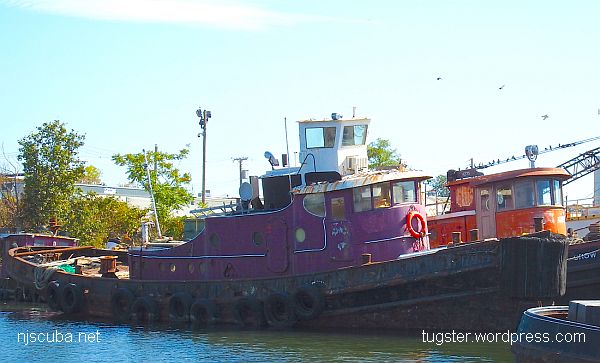
More: Jane ...
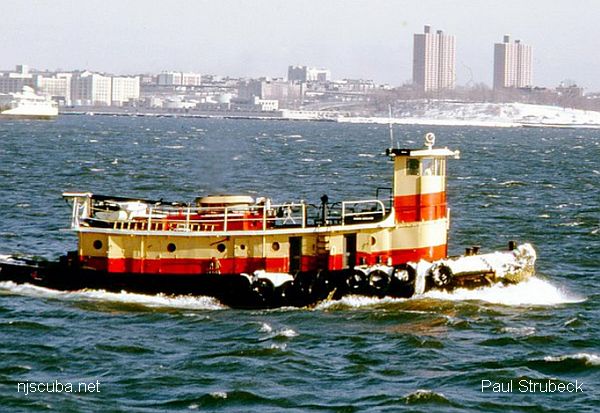
More: JJ DPC-19 ...
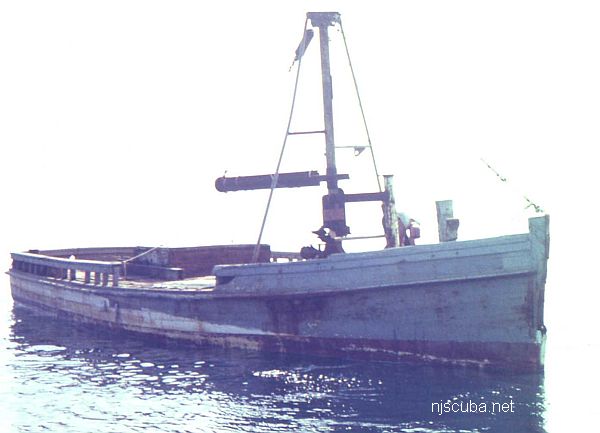
More: Lieutenant ...
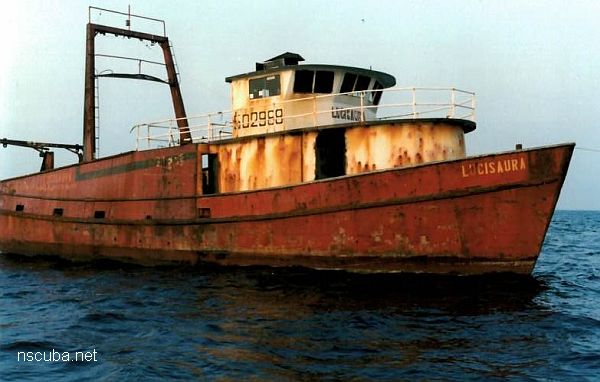
More: Lucisaura ...
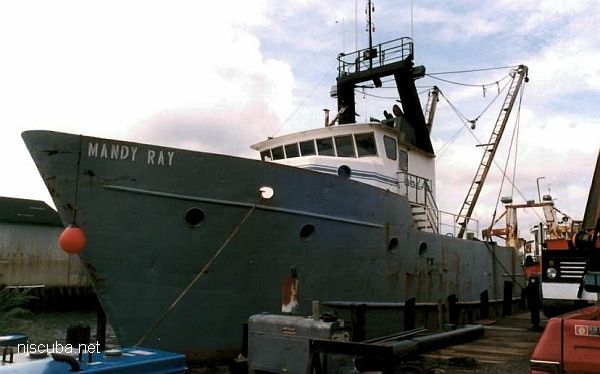
More: Mandy Ray ...
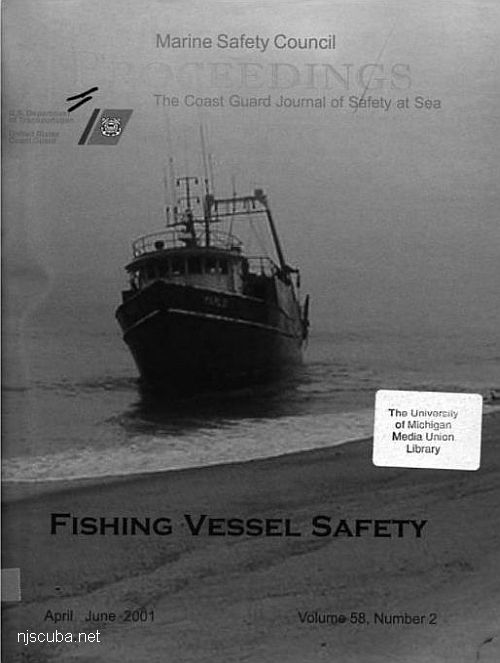
More: Marlu ...
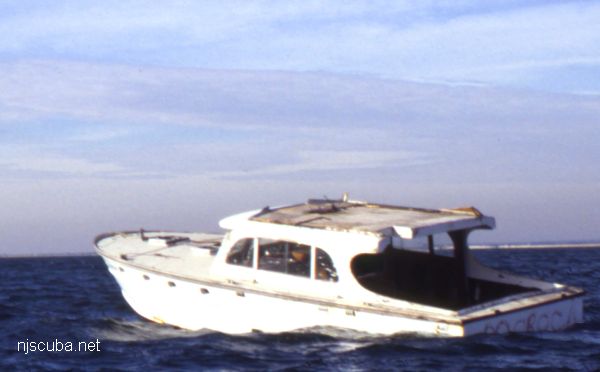
More: Maroca ...
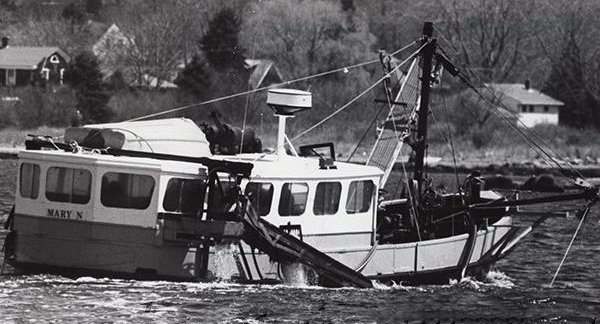
More: Mary N ...
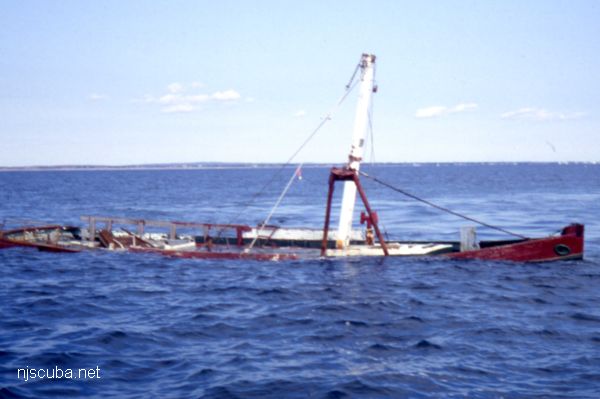
More: Mayflower ...